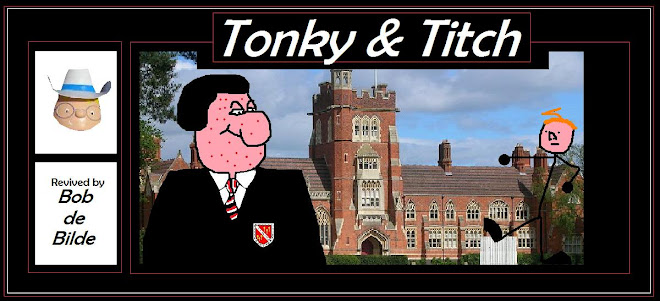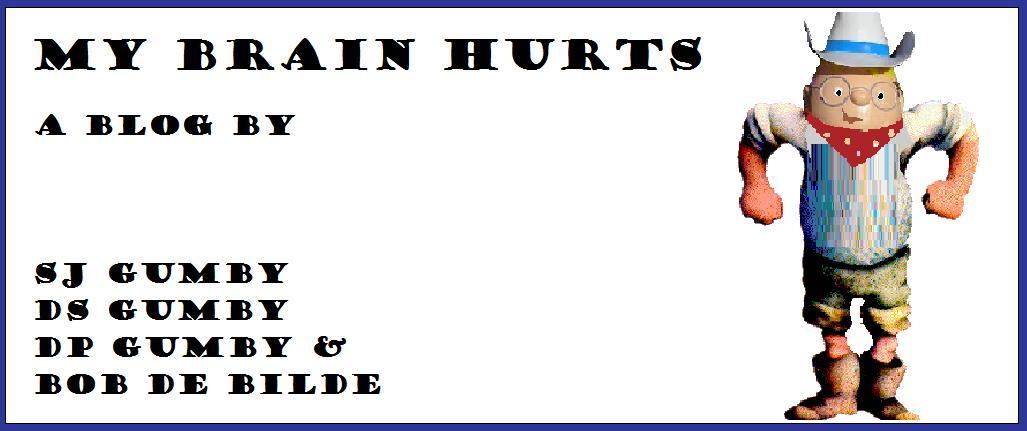 Robert B. Parker
Robert B. Parker, the best-selling mystery writer who created Spenser, a tough, glib Boston private detective who was the hero of nearly 40 novels, died Monday at his home in Cambridge, Mass. He was 77.
The cause was a heart attack, said his agent of 37 years, Helen Brann. She said that Mr. Parker had been thought to be in splendid health, and that he died at his desk, working on a book. He wrote five pages a day, every day but Sunday, she said.
Mr. Parker wrote more than 60 books all told, including westerns and young-adult novels, but he churned out entertaining detective stories with a remarkable alacrity that made him one of the country’s most popular writers. In recent years he had come up with two new protagonists: Jesse Stone, an alcoholic ex-ballplayer turned small-town chief of police, who was featured in nine novels written since 1997, including “Split Image,” to be published next month; and Sunny Randall, a fashion-conscious, unlucky-in-love, daughter-of-a-cop private eye created at the request of the actress Helen Hunt, who was hoping for a juicy movie role. No movie was made, but the first Sunny Randall novel, “Family Honor,” was published in 1999, and five more have followed.
It was Spenser, though — spelled “like the poet,” as the character was wont to point out (his first name was never revealed) — who was Mr. Parker’s signature creation. He appeared for the first time in 1973 in “The Godwulf Manuscript,” in which he is hired by a university to retrieve a stolen medieval document, an investigation that triggers a murder. The first pages of the book revealed much of what readers came to love about Spenser — his impatience with pomposity, his smart-alecky wit, his self-awareness and supreme self-confidence.
“Look, Dr. Forbes,” Spenser says to the long-winded college president who is hiring him. “I went to college once. I don’t wear my hat indoors. And if a clue comes along and bites me on the ankle, I grab it. I am not, however, an Oxford don. I am a private detective. Is there something you’d like me to detect, or are you just polishing up your elocution for next year’s commencement?”
A conscious throwback to hard-boiled detectives like Raymond Chandler’s Philip Marlowe, but with a sensitivity born of the age of feminism and civil rights, Spenser is a bruiser in body but a softie at heart, someone who never shies from danger or walks away from a threat to the innocent. Mr. Parker gave him many of his own traits. Spenser is an admirer of any kind of expertise. He believes in psychotherapy. He’s a great cook. He’s a boxer, a weightlifter and a jogger, a consumer of doughnuts and coffee, a privately indulgent appreciator (from a distance) of pretty women, a Red Sox fan, a dog lover. (Mr. Parker owned a series of short-haired pointers, all named Pearl, like their fictional incarnation.)
Most crucially, Spenser is faithful in love (to his longtime companion, Susan Silverman, a psychologist) and in friendship (to his frequent partner in anti-crime, a dazzlingly charming, morally idiosyncratic black man named Hawk). And usually with the two of them as seconds, he has remained indomitable, vanquishing crime bosses, drug dealers, sex fiends, cold-blooded killers, corrupt politicians and several other varieties of villain.
Mr. Parker wrote the Spenser novels in the first person, employing the blunt, masculine prose style that is often described as Hemingwayesque. But his writing also seems self-aware, even tongue-in-cheek, as though he recognized how well worn such a path was. And his dialogue was especially arch, giving Spenser an air of someone who takes very few things seriously and raises an eyebrow at everything else. Mr. Parker’s regular readers became familiar with the things that provoke Spenser’s suspicion: showy glamour, ostentatious wealth, self-aggrandizement, fern bars, fancy sports clubs and any kind of haughtiness or presumption.
Spenser is, in other words, what Marlowe might have been in a more modern world (and living in Boston rather than Los Angeles). Unsurprisingly, Mr. Parker considered Chandler one of the great American writers of the 20th century. (He audaciously finished an incomplete Chandler manuscript, “Poodle Springs”). And he has been often cited by critics and other mystery writers as the guy who sprung the Chandleresque detective free from the age of noir.
“I read Parker’s Spenser series in college,” the best-selling writer Harlan Coben said in a 2007 interview with The Atlantic Monthly. “When it comes to detective novels, 90 percent of us admit he’s an influence, and the rest of us lie about it.”
Robert Brown Parker was a large man of large appetites that were nonetheless satisfied with relative ease. He was as unpretentious and self-aware as Spenser, his agent, Ms. Brann said.
“All he needed to be happy was his family and writing,” she said. “There were always wonderful things in his refrigerator. People were always after him to do cookbooks.” She paused.
“He loved doughnuts,” she said.
He was born in Springfield, Mass., on Sept. 17, 1932, the only child of working-class parents. His father worked for the telephone company. He attended Colby College in Maine, graduating in 1954, then served in the Army in Korea, after the Korean War. He earned an M.A. and Ph.D. in literature from Boston University, and taught there as well as at Northeastern University.
His novels were adapted many times for television and the movies. From 1985 to 1988 Spenser appeared as the central character of a television series, “Spenser: For Hire,” starring Robert Urich. The Jesse Stone series was the inspiration for seven television movies starring Tom Selleck, including one to be broadcast in the spring. “Appaloosa,” a western starring Ed Harris and Viggo Mortensen made from Mr. Parker’s novel of the same name, was released in 2008.
Mr. Parker’s editor, Chris Pepe, said that in addition to the new Jesse Stone novel, Putnam would publish a new western by Mr. Parker in the spring; two additional Spenser novels are in production but unscheduled, she said.
Mr. Parker first met his wife, Joan, at a birthday party when they were 3 years old, or so the story goes; in any case, they encountered each other at Colby and married in 1956. Much of the relationship between Spenser and Susan — including a period of trouble when they are apart — reflects Mr. Parker’s with his wife. She survives him, as do two sons, David, of Manhattan, and Daniel, of Los Angeles.
Most of his books were dedicated to his wife.

















































